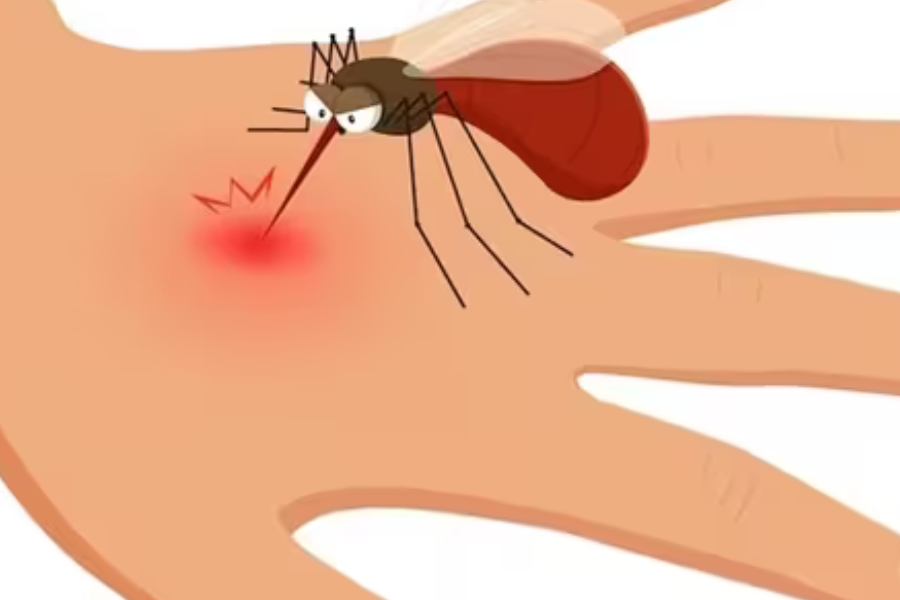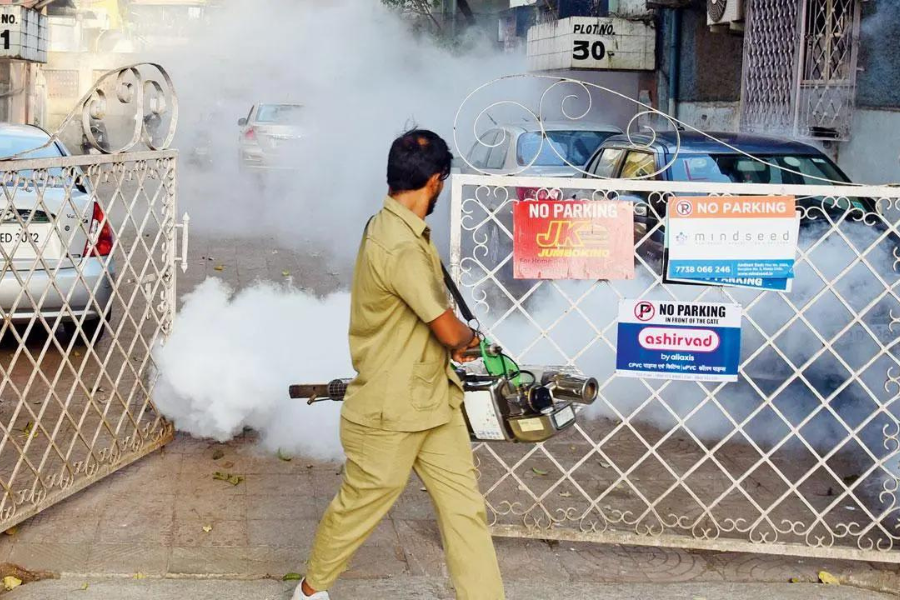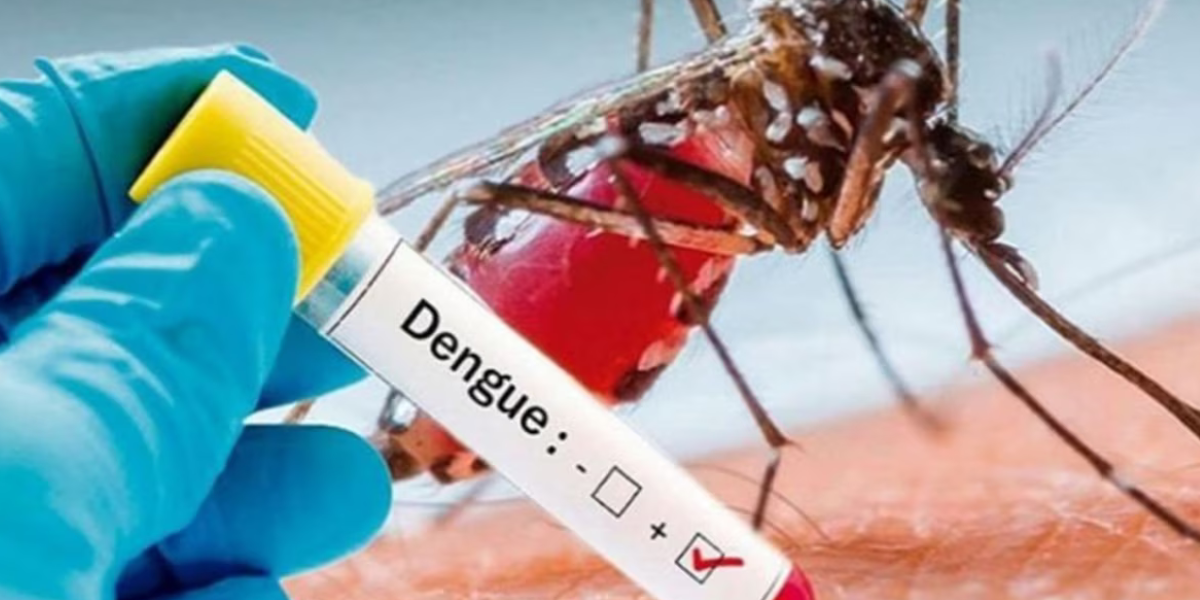The number of dengue cases dropped to 979, and malaria to 944 as compared to 1,360 dengue and 1,313 malaria cases in Mumbai till September.
On October 30, the Brihanmumbai Municipal Corporation (BMC) declared that during September, the number of reported malaria and dengue cases in Mumbai had significantly decreased.
The municipal organisation further says that it has initiated legal actions to destroy the city’s most infected regions.
Based on the previous data, a combined total of 17,105 cases of dengue and malaria fever were reported in Mumbai, up until September.
However, the current number of dengue fever infections stands at 979 and malaria at 944, compared to 1360 dengue and 1,313 malaria cases in September. The civic authority guarantees that all locations identified within 17,105 cases will be investigated notwithstanding the notable drop.
How to Detect Dengue and Malaria Early?
The cases of dengue fever have spread across the nation quite severely. This mosquito-borne disease has further proven to be deadly and has infested more than 95,000 individuals in 2023.
The ‘breakbone fever’ or the ‘dandy fever’ has significant symptoms. However, the lack of awareness among people about dengue is also a contributing factor to its late detection.
The virus, which is transmitted by Aedes mosquitoes, can start with benign symptoms in the early stages and get severe with time. Although it does not affect everyone the same way, dengue fever takes a minimum of 5-7 days or a maximum of 15 days to show its symptoms.

Image Source: Hindustan Times
- Cause
The most common misconception about dengue is that it’s contagious. The ‘dandy fever’ is not contagious at all. The disease only spreads through the Aedes Aegypti mosquito species, and it spreads only when the mosquito has bitten someone who was infected.
These mosquitoes need human contact, and through them only, the disease spreads.
- Symptoms
The usual symptoms of dengue are headaches, body chills, loss of appetite, back pain, eye pain, and occasionally joint pain. The symptoms may take 10–15 days to show, and the fever can go up to 104. In such times, medical emergencies should be addressed.
- Prevention
The prevention of dengue is not well-instructed, but there are a few measures one can take to avoid getting the fever.
The spread of the virus is a daylight activity, especially in the early morning and late afternoon. Thus, avoiding tropical and subtropical areas should be the best option during the monsoon season.
Thus, preventive measures such as the following steps are likely to be considered:
- Ensuring no waterlog development
- Ensure proper water dumping
- Use of mosquito repellents containing 10℅ DEET
- While visiting infested areas, wear full-sleeved shirts
- Natural repellents such as marigold and lemon grass work very well
However, in the case of malaria, the disease spreads when a mosquito infected by a parasite bites a person. Unlike dengue mosquitoes, Plasmodium falciparum is best suited to hot and humid weather.
Although the symptoms are similar to those of dengue, the most specific signs of malaria are diarrhea, nausea, vomiting, and seizures (in severe cases).
The diagnosis process for malaria is quite lengthy and different from that of dengue; however, the preventive measures are similar to those for breakbone fever.

Image Source: Mid-day
Thus, in the matter of restricting the spread and infestation, the BMC said in a recent release, “In 2023, surveillance was strengthened and the reporting units have increased from 22 to 880, which includes private hospitals, clinics and labs. For every malaria and dengue case, the BMC conducted survey of 500 houses surrounding the active case and on an average 65-70,000 slides of fever cases and their contacts are taken per month”.



